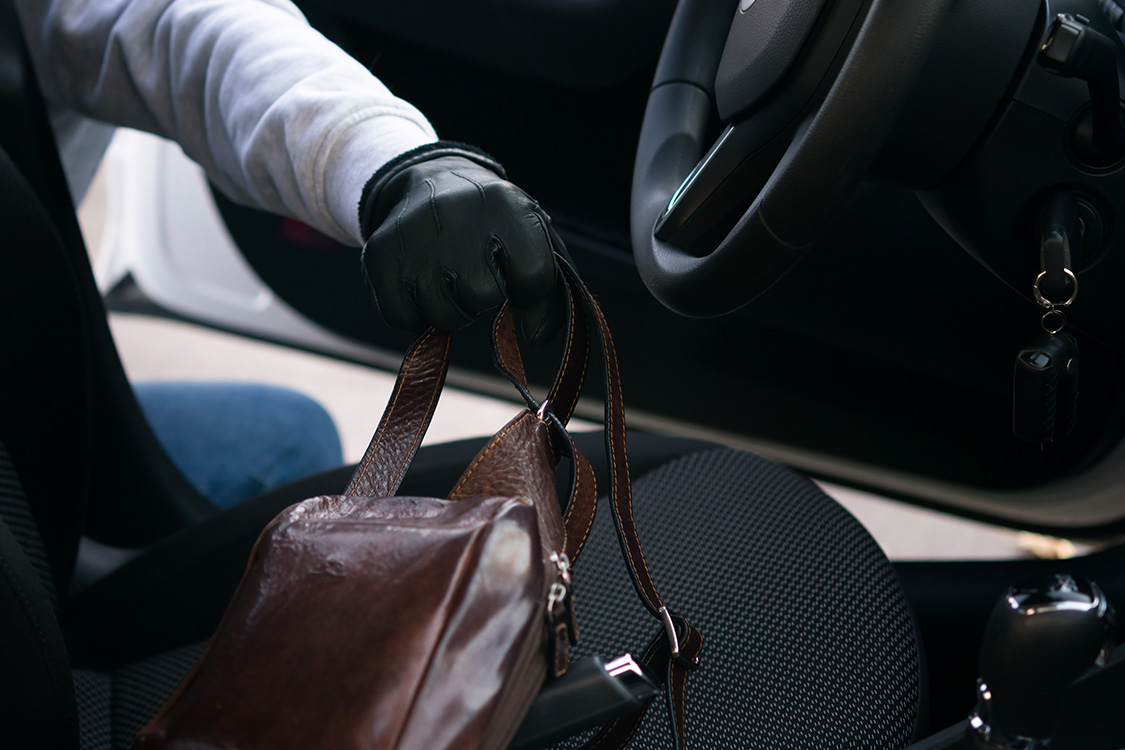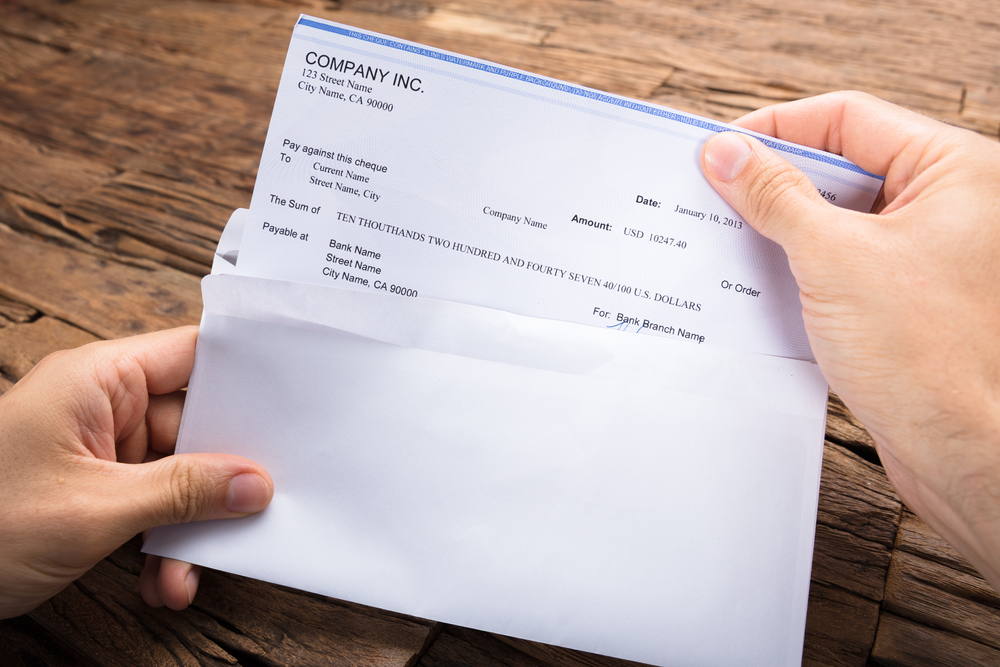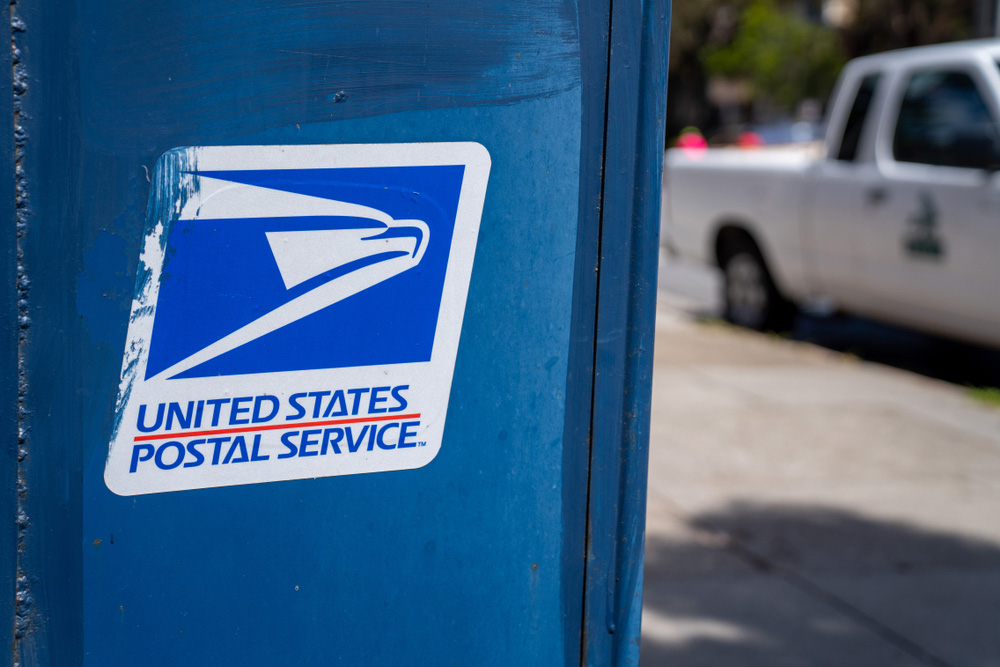Former Fraudster Shares His Go-To Check Fraud Scams
- One man's "career" in check scams
- Using checks to steal money used evolving methodology
- Crime leads to prison AND deterioration of relationships with loved ones
Perhaps one of the best ways to learn about fraud methodologies might be to "look over the shoulder" of a person who actually perpetrated check fraud -- which is exactly what is presented in Part 10 of "Zack's Life Story" on YouTube.
"Black Zack" provides some information about his past, including several stints in prison. Since being released, he's decided to share with the world "entertaining crime stories" in the form of episodic examinations of his life in and out of jail and some of the scam activity with which he was involved. His ultimate goal is to put his criminal past behind him.
Detailing His Go-To Check Fraud Scams
Throughout the video, Zack details different scams or methods that he and his girlfriend utilized for check fraud. Here are a few highlights.
Snatch and Run
One tactic he describes is buying checks from a person who would wait in grocery store parking lots for women to return to their cars after shopping. They had a habit of placing their purses in the vehicle before returning their cart to the rack maybe a dozen steps away, which provided an opportunity the thief used to quickly open the car door and grab the purse. If and when he procured a checkbook and drivers license, he would sell them (the drivers license was used for signature forgery) to persons like Zack.

"I never had a problem with checks, and usually that worked if you kept the amount at $500 to $200 dollars," Zack explains.
Fake Accounts
After a few close calls involving identity checks, Zack decided to move away from check fraud -- but not for long. His next tactic was to go to mailboxes to steal checks, and discovered credit card companies would send "convenience checks" to customers.
"I remember letters to customers that said, 'You have a $10,000 Chase card. Go ahead and write yourself a check for up to $8000," Zack explains. He quickly found that those checks could not be cashed at a bank; however, if you deposited the funds in an account under another person's name, sometimes the deposit would clear before a dispute halted the funds.
Zack also found that he could recruit people to open accounts for this type of deposit, and they did not mind at all if their accounts would be closed permanently after a deposited check was found fraudulent.

"I was doing that for a while; that worked out fine," he admits. However, after being "stiffed" a few times by co-conspirators, he began to create fake identities for himself.
Mail Theft
During one of his stints in jail, another inmate told Zack about how business checks often get sorted at the end of the day and popped into a mailbox that night for morning pick-up.
"Are you kidding me? He turned out to be correct. Matter of fact, most mailboxes I went to; the mail was in there from overnight," Zack recalls. He also noted that today most boxes are wisely locked.
Using the checks he stole from business mailboxes, he would create new checks based on stolen ones, as the materials needed to make and print checks are very accessible and inexpensive.

Success Doesn't Last Long
Much of Zack's success can be attributed to the knowledge and connections he made. In several instances, he made these connections through his time in prison -- from "mentors" teaching him tricks of the trade to individuals who helped perpetrated the crimes.
However, his "success" as a fraudster led to lengthy prison sentences -- which greatly affected his relationship with his daughter as detailed in this video, wherein Zack has an open discussion with her that is quite emotional.
This, of course, begs the questions -- is a life of crime worth it?
It's important for consumers and financial institutions alike to pay attention to stories like Zack's so they can better protect themselves from check fraud. Financial institutions, specifically, must increase security when it comes to fraudsters opening "drop accounts" by deploying innovative technologies like AI and machine learning to identify anomalous behavior and spot key indicators of counterfeits, forgeries, and alterations on the images of checks.
